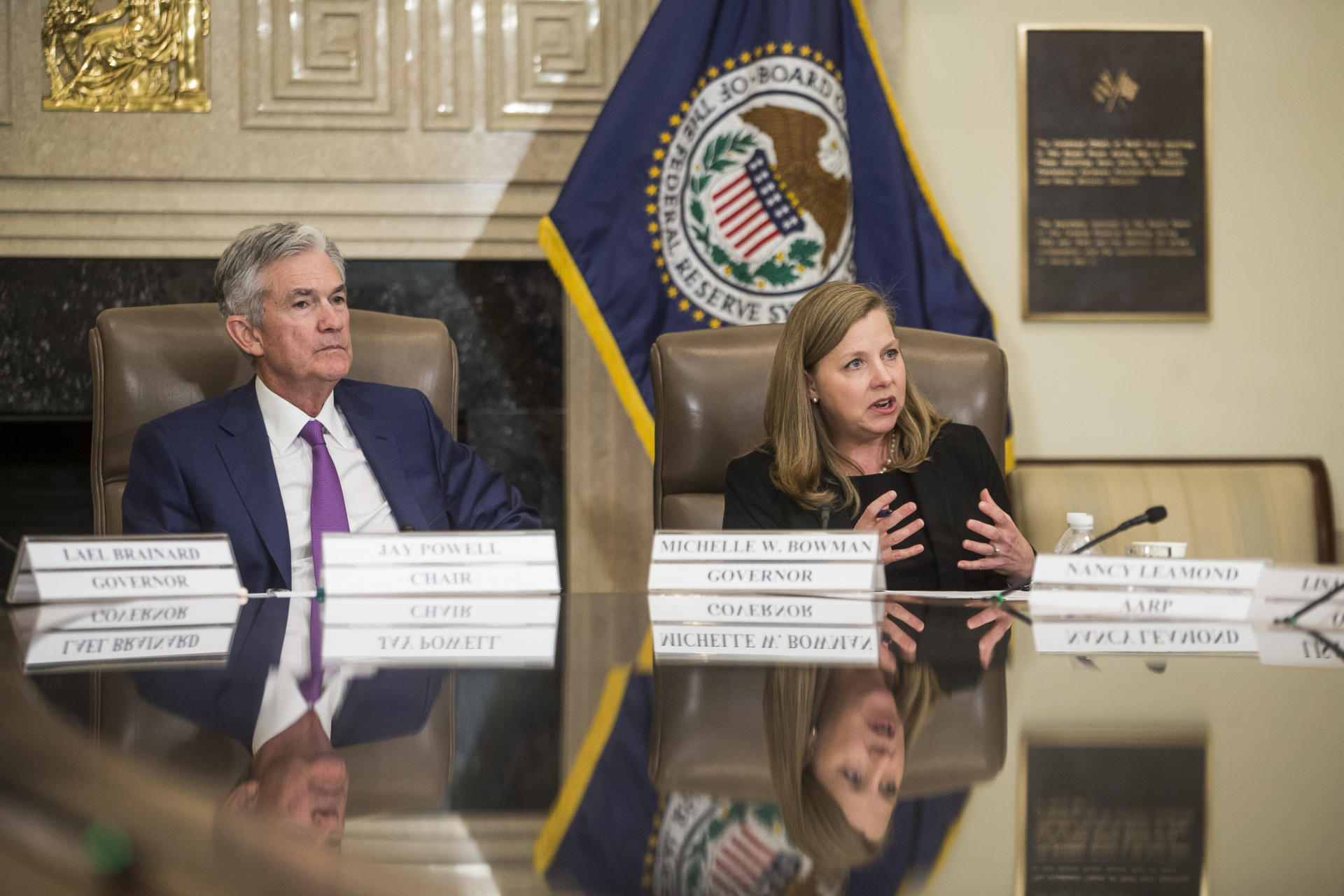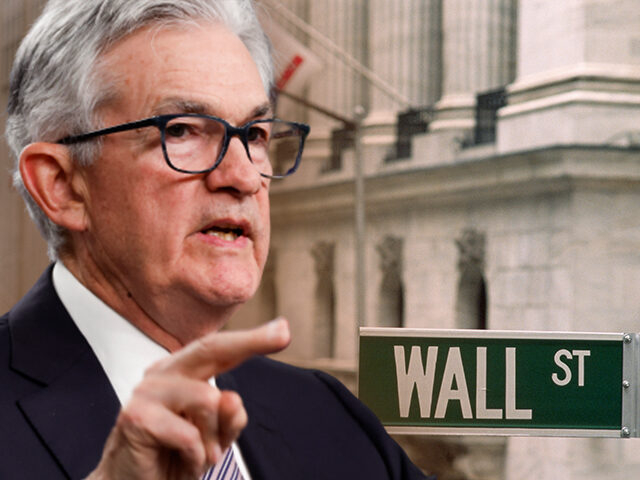Bowman Warns Rate Hikes Might Still Be Coming
The Federal Reserve fired a shot across the bow of market complacency on interest rates on Friday.
This week’s inflation data was generally interpreted as supporting a dovish view on interest rates. The consumer price index (CPI) came in roughly in line with expectations, rising 0.4 percent for the month and 4.9 percent for the year. The producer price index actually came in slightly under expectations. Many on Wall Street saw this as locking in a Fed pause for the next meeting. Futures markets read it as paving the way for cuts starting as early as July.
In a speech delivered at a European Central Bank conference in Frankfurt Friday, Federal Reserve Governor Michelle Bowman signaled that the market had misread how the data looked to Fed officials.
“In my view, the most recent CPI and employment reports have not provided consistent evidence that inflation is on a downward path, and I will continue to closely monitor the incoming data as I consider the appropriate stance of monetary policy going into our June meeting,” Bowman said.
While Bowman was officially speaking only for herself, it is clear that there is a growing group of Fed officials who anticipate that further hikes might be required to bring inflation back in line with the Fed’s two percent target. What’s more, Bowman’s perspective carries extra weight because she is not seen as particularly hawkish. In fact, many think her views are likely to align with those of Chairman Jerome Powell.
It’s probably going too far to say that Bowman was acting as Powell’s mouthpiece in Frankfurt. But there should be no doubt that she was intending to move the market away from the view that the only risk to rates going forward is to the downside.

Federal Reserve Governor Michelle Bowman (right) and Chairman Jerome Powell at Fed Listens event in Washington, DC, on Oct. 4, 2019. (Zach Gibson/Bloomberg via Getty Images)
“Should inflation remain high and the labor market remain tight, additional monetary policy tightening will likely be appropriate to attain a sufficiently restrictive stance of monetary policy to lower inflation over time,” Bowman said.
Could the Pause Be Put on Hold?
Also adding weight to her remarks is the fact that the Fed, which says its next moves will be data-dependent, will not be getting many more macroeconomic signals between now and its June meeting. There is just one more jobs report to come. The personal consumption expenditure price index for April is due out at the end of May. The May consumer price index will be published on June 12, just a few days before the Federal Open Market Committee meets on June 15 and 16.
The market, however, appears to be sticking to its view. The federal funds futures market still implies nearly a 90 percent chance of a rate cut in July and is pricing in another two or three cuts by the end of the year.
In light of Bowman’s remarks, there is some possibility that the Fed does not pause at the June meeting. We had viewed a pause as the consensus bias, the policy that would be adopted absent an unexpected tightening in the labor market or surge in inflation. That looks less certain now. If the Fed cannot jawbone the market off the conviction of cuts later this year, it may need a surprise hike to shake things up. We might not get the pause until July.
University of Michigan Consumer Expectations: Economy Down, Inflation Up
The University of Michigan’s preliminary reading of consumer sentiment for May was released Friday. It has all the earmarks of stagflation.
Consumers still view the labor market as strong, which makes sense given that unemployment is down to 3.4 percent and the economy is generating over 200,000 jobs each month. But consumers are increasingly wary about the recession they see coming in the future.
“Year-ahead expectations for the economy plummeted 23 percent from last month. Long-run expectations slid by 16 percent as well, indicating that consumers are worried that any economic downturn will not be brief,” said Joanne Hsu, the director of the University of Michigan survey.
At the same time, long-run inflation expectations moved up to 3.2 percent. While this is only slightly higher than the 2.9 percent to 3.1 percent range it has been in for two years, it sticks out because it is moving in the wrong direction. If the public thought Fed policies were working to bring down inflation, the long-run expectation should be falling. Instead, it appears that the public is adjusting itself to inflation running higher for longer.

COMMENTS
Please let us know if you're having issues with commenting.